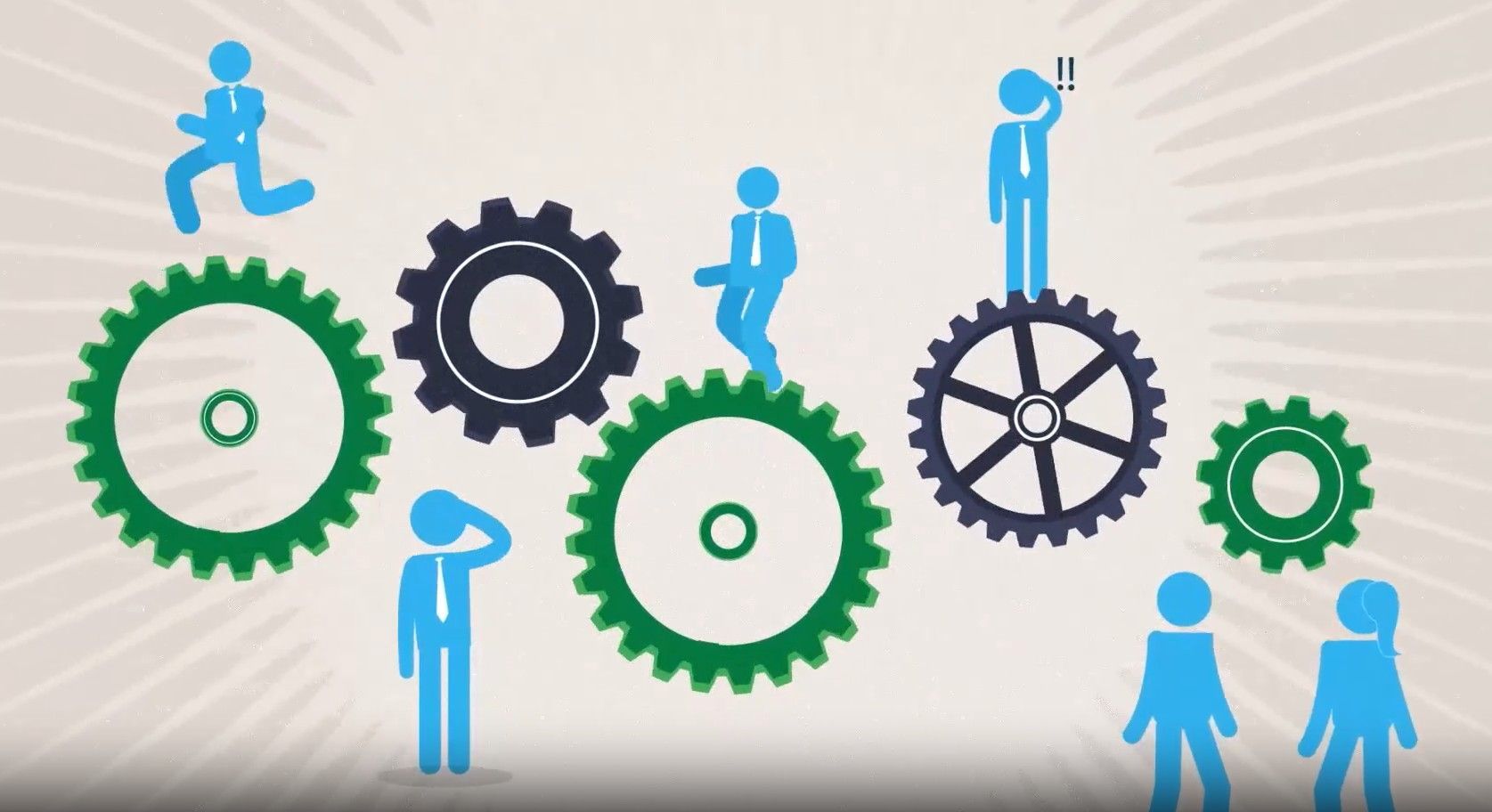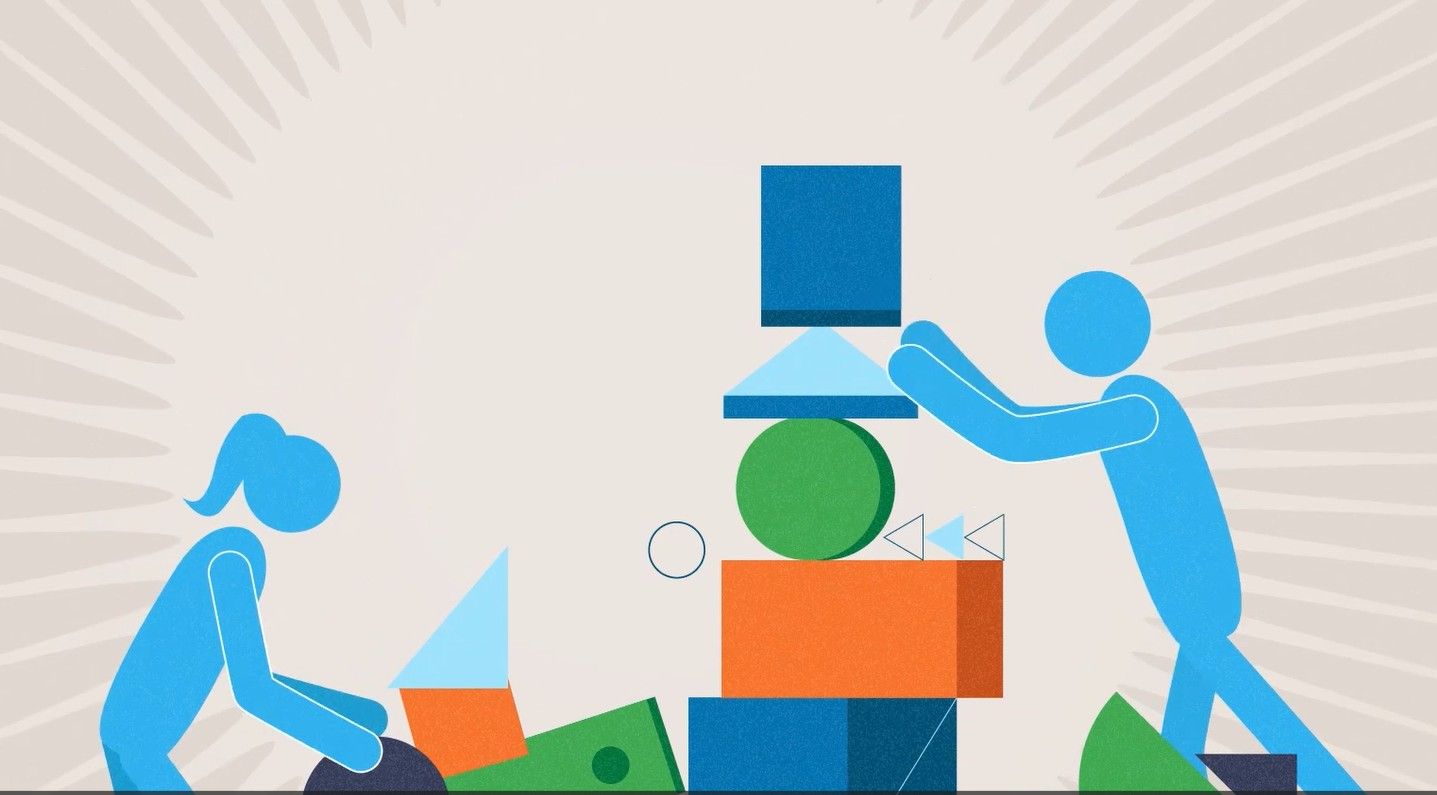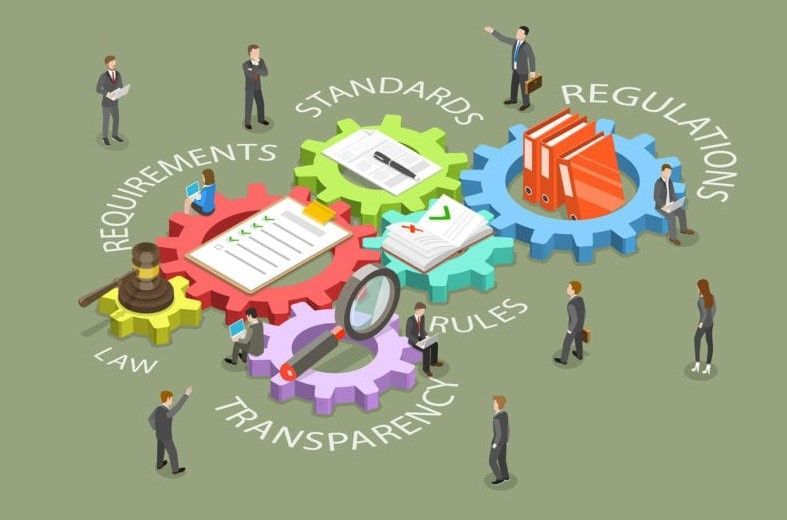Always ‘All In’ to Be the Best
August 14, 2025
What makes Duke’s Coach K
a “living sustainable competitive advantage”? How can you apply it to your company?
In January, Duke University’s already legendary basketball coach, Mike Krzyzewski-Coach K-became the first NCAA Division 1 men’s basketball coach to win 1,000 games.
In business jargon, Coach K is a living “sustainable competitive advantage.” He’s also coached the US Olympics team to four gold medals, won four NCAA National Championships at Duke, and can point with pride to an unprecedented 100 percent player graduation rate over the past three years.*
How does he do it? What can we learn from him about running our companies, even our lives?
The answer might surprise you, especially if you’re familiar with popular success literature. He does not find two or three strengths and then perfect them. He does not have “secret” attitudes, behaviors, or insights that give him “an edge.” He has no easy answers-in fact, just the opposite. Coach K’s answer is to always be all in , and that’s hard. He tries to do everything well-and, more often than not, he succeeds.
As a Duke graduate and longtime Coach K fan, it seems clear to me that by identifying and analyzing the “success factors,” Coach K has determined how to become the best, or nearly the best, at each of them. And he’s incorporated them into a way of doing things and a way of getting things done. Think program versus activities.
Coach K Knows How to Adapt-and When.
Arguably, the most applicable to business leaders may be this one. Over his 39-year career, the college game has changed more than once and so has Coach K’s “business model.”
This season Coach Ktwice changed his inviolable “no-zone” defense. Duke’s young team was simply too inexperienced to handle two of the nation’s best teams by playing straight man-to-man. When Duke surprised and beat them both, each was ranked second in the nation.
Ten years ago the NBA’s “one and done” rule destroyed Coach K’s longtime business model, which relied on better and more experienced senior players to coach and mentor younger players. By requiring NBA players to be at least 19, the new rule essentially forced high-school superstars to play at least one year in college. Suddenly, the best college players were freshmen, not seniors. “One and done” looked like it would be a drag on Duke’s ability to rack up victories.
But Coach K responded with a new model. It orients, coaches, and teaches young top-tier players what they need to know as they transition from high school to college to the NBA. And Duke just keeps on winning.
While many businesses go deep, relying on a special niche, skill, or secret formula, others go wide with fingers in many different pies. NotCoach K: He goes wide and deep. Here are a few of the coach’s other success factors that can work in business.
Coach K . . .
“Has Your Back.” Especially if you’re one of his players or former players. When Bobby Hurley and Jay Williams, both then in the NBA, suffered life-threatening accidents (Hurley SUV in 1993; Williams motorcycle in 2003), Coach K was there for each of them-literally in their hospital rooms hundreds of miles from the Duke’s North Carolina campus. Jay Williams later had this recollection: At one point, as he lay semi-conscious in bed, he saw a figure in the room and knew it wasCoach K.
Can Rev Up Enthusiasm. No school in college basketball has a better competitive advantage in its arena and with its crowd. The students have the best “seats” in the house, practically on the court. They stand for the entire game and provide the noise that motivates the players. Students camp out in tents in “K-Ville” near the stadium to ensure those coveted SRO spots. The coach pumps up the crowd the week before each game, and the crowd pumps up the team.
Uses the Best Tools Available-All of Them. Duke basketball’s video capabilities are on par with those of NBA teams. They enable thecoaches to record, replay, and analyze just about anything Duke players can do with a basketball. Minuscule changes in shooting or footwork can quickly be identified and corrected.
Or, when rehabbing from injury, players have the best techniques and equipment in sport at their fingertips-and toes. Players with foot injuries work out in a water tank to put less pressure on the injury.Coaches watch underwater foot and leg movements with other video cameras to ensure that bad running habits don’t develop. And did we mention that Duke University’s medical system is world class?
Stays Current by Design. Integral to the coach’s system for learning from the best is coaching Team USA, where he rubs shoulders with the most skilled players and coaches in the world.
Using a tactic he reportedly picked up from Chicago Bulls coach Tom Thibodeau, Duke got better at defending deadly “pick and pop” plays, which can quickly run up points. When an opposing offensive player sets a pick near the perimeter, a second Duke defender sets another pick next to that player. Briefly trapped between two Duke Blue Devils, the offensive player can’t “pop” out to an open space to receive a pass and sink a three-pointer. Plus, the player with the ball can’t run his intended route to get open. The Bulls execute this tactic exceedingly well.
Communicates Confidence: The coach inspires his teams in several ways that reinforce each other and his entire approach to the game.
For one thing, Coach K has a knack for giving his players confidence when they need it most. Former Duke player Chris Collins, now headcoach at Northwestern, told the Chicago Tribune recently that the coachtold Collins in his senior year (paraphrased): “The rest of the season’s success will come down to you. I want you to shoot every time you have a chance. I don’t want you to worry about making shots, I just want you to shoot, and take over the game.” It worked! Collins said that this talk gave him the most confidence he had ever had.
In addition, Coach K recognizes his players publicly as individuals and with superlatives-best defender, key to team chemistry, go-to shooter. Every player knows his role, and every player knows the part of him that the coach admires the most. Coach K doesn’t seem to miss a motivational opportunity. Each day that players leave their home-court locker room for practice, they first walk past a history of each of the four national championships, then photos and bios of the 16 former Blue Devils currently in the NBA, and, finally, photos of all Duke players who ever played in the NBA.
Turns Disaster into Opportunity. When current NBA pro Carlos Boozer was at Duke, the Blue Devils lost a tough game at home to in-state foe North Carolina. Later in the season, Boozer got hurt and would not play against the Tar Heels the second time around-on their home court. Even Coach K’s wife, Mickey, was concerned about how the coach was handling the stress as he prepared for the rematch. She sent their daughter to campus to find out. After all, he would be facing Duke’s archrival without his star player.
The report came back that her father was nearly giddy with joy. He would compensate for Boozer by running an up-tempo offense that didn’t suit Boozer-he wasn’t fast enough. With Boozer gone, however,Coach K coached up tempo, surprised an overconfident North Carolina, and won.
What success factors drive your business? Is growth slower because you are focusing on just one or two factors instead of going “all in”? Have you worked hard enough to identify all of the success factors that can give your team a competitive advantage? Coach K has created sustainable competitive advantage because he’s created a range of separate competitive advantages.
If you’d like to talk about how your company can be more successful, just contact us. We’re at 847-446-0008 or pkrone@productivestrategies.com.
* As measured by the NCAA’s Graduation Success Rate. The national average for Division 1 men’s basketball is 74 percent.
The post Always ‘All In’ to Be the Best appeared first on Productive Strategies, Inc..










